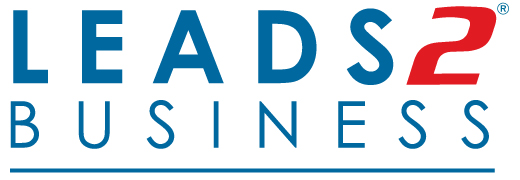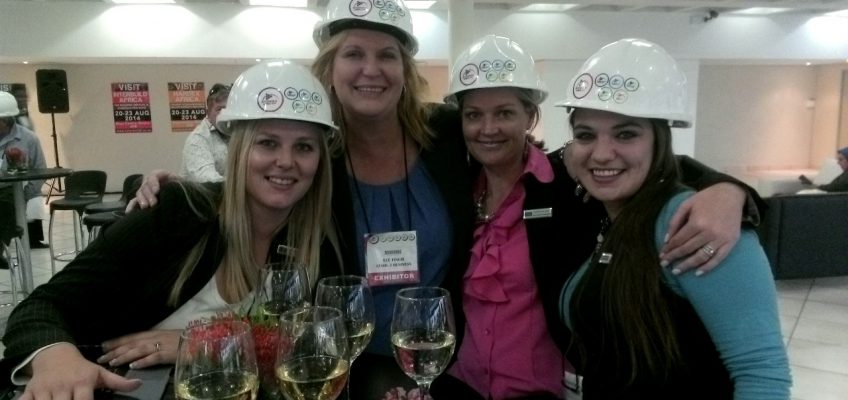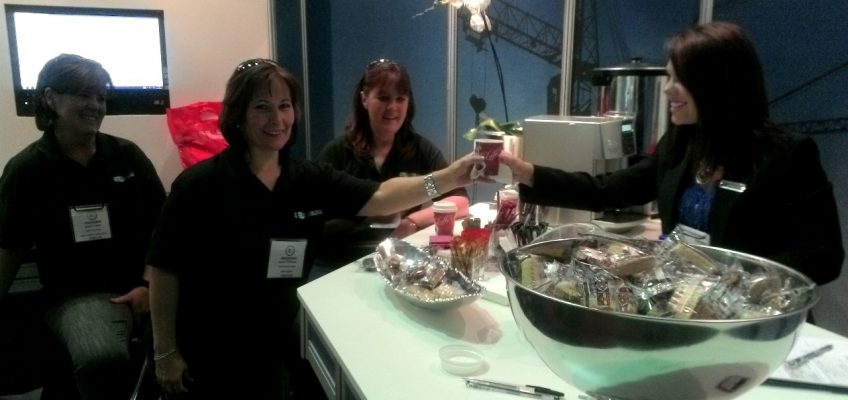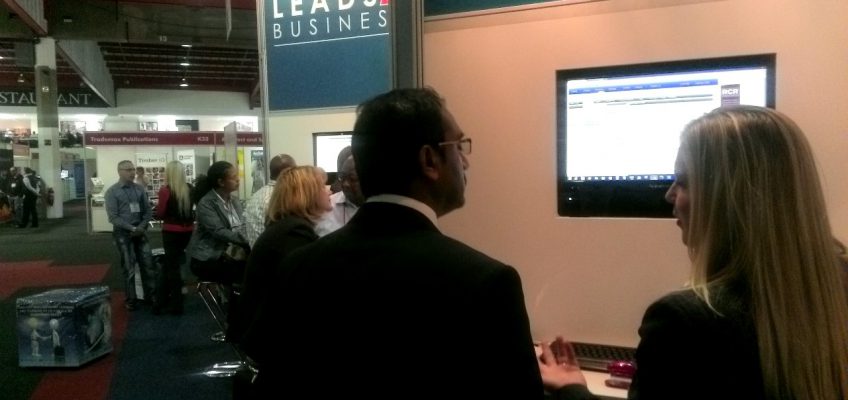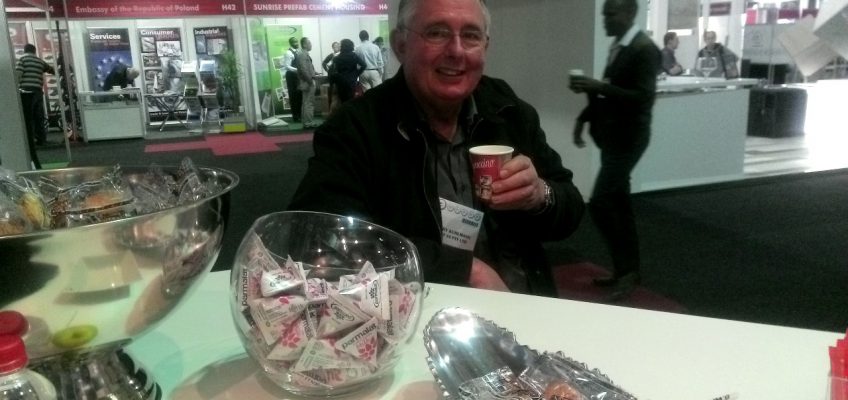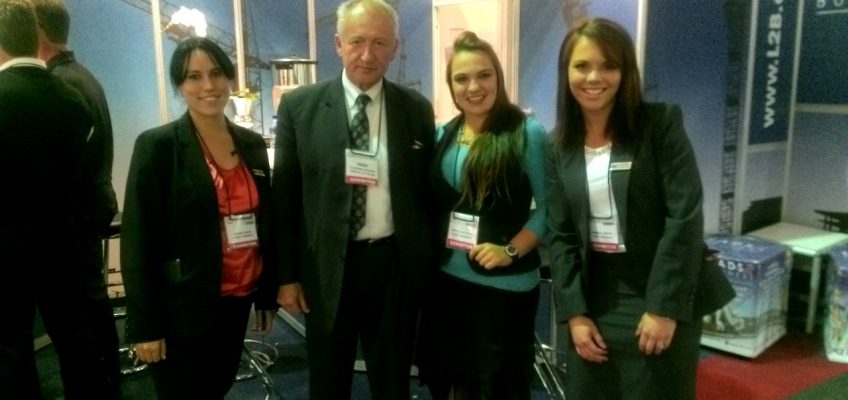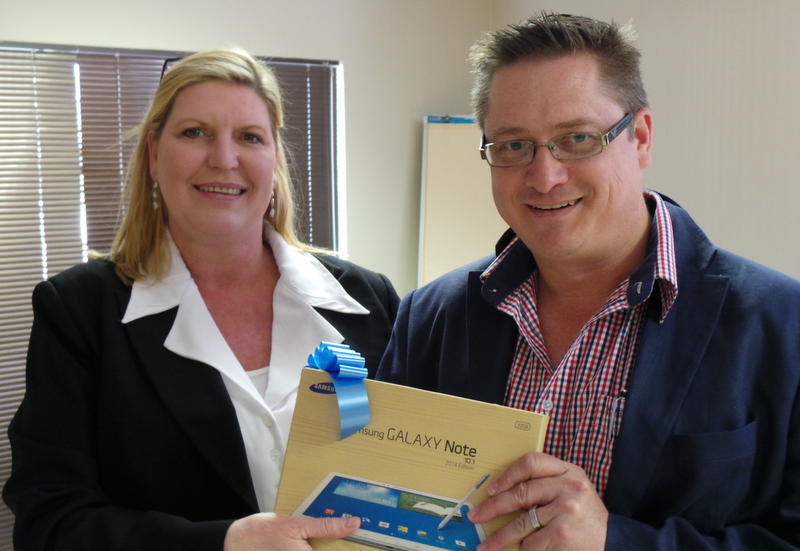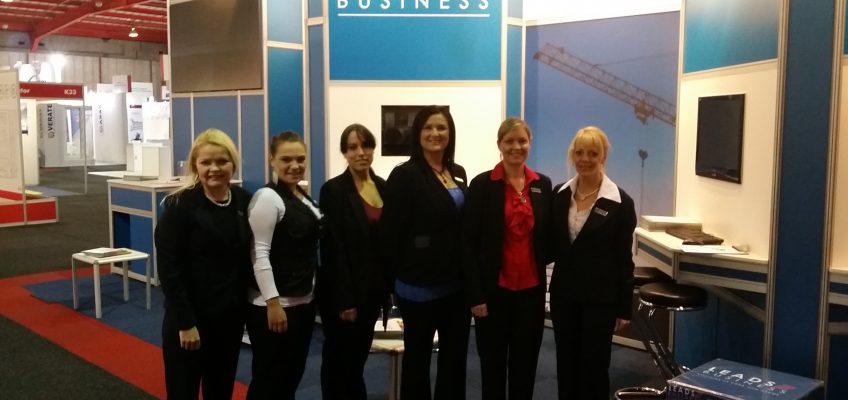Buildings play a huge role in addressing environmental concerns. They contribute around 40% of global greenhouse gas emissions and the same proportion of waste. Unfortunately South Africa is in the top 20 list of worst offenders.
Green building is essential because we are running out of resources. We live in a time of global climate change challenges, increasing regulatory pressures for greater energy efficiency and carbon reduction, consumer interest, and employee pressure on corporations.
A green building can be thought of as a living organism, and as with all living things, it must have a nurturing environment to achieve sustained health and performance over its life. Such buildings are designed for economic and environmental performance over time, with an appreciation for unique local climate and cultural needs, ultimately providing for the health, safety, and productivity of building occupants. Architectural, systems, and end-use design, coupled with continual care and monitoring, lead to lower energy use, reduced CO2 emissions, and focused environmental stewardship while providing long term value to the community, building occupants, and building owners. Triple bottom line benefits can be expected—measurable benefits for people, profit, and the planet.
The energy dilemma is here to stay. Our planet faces an unprecedented energy challenge, with global energy demand growing faster than current production capacity, resulting in diminishing supplies and increasing prices. By 2050, energy demand will double in order to keep pace with demographic, economic, and industrial growth throughout the world. Within this same timeline, we must cut in half the amount of carbon gas emissions compared to 1990 levels to avoid the dramatic consequences of climate change that will affect every citizen, business, and country.
Working environments have a significant impact on employee productivity, and green buildings offer better day lighting, outdoor views, and indoor air quality for occupants to enjoy. These features of a healthy work environment help to attract and retain employees. Moreover, occupant comfort and satisfaction reduces sick time, improves workplace occupancy rates (office spaces are typically unoccupied 30% of the time) and most importantly, improves productivity.
The new Group Five Head Office within the Waterfall Commercial Business Park located midway between Pretoria and Johannesburg is a good example of a Green Building in South Africa.
The sustainable building features include:
• 70% of all demolition and construction waste was recycled or reused.
• 80% of the office UA has access to views of the outdoors
• Low Volatile Organic Compounds (VOC) paints, carpets and sealants have been specified and low formaldehyde composite timber products will be used in the shop fitting.
• Water saving is achieved by capturing rainwater for reuse within the building
• 50% of the timber is specified to be either Forest Stewardship Council Certified, reused or to have a post-consumer recycled content.
• The site will develop a watercourse protection plan to ensure that there is no degradation of the Jukskei River as a result of activities from the Group Five site.
Project floor areas of the Group Five site : Total gross floor area (GFA) 39 617m², total commercial office area 24 661m² and car parking area 27 539m². This office building achieved 5 Star Green Star SA – Office v1 Design Rating in December 2013.
These are ten points (in no particular order) that green buildings are already doing in different parts of the world:
1. Green buildings can command rents as much as 10% above the norm.
2. Green buildings improve productivity.
3. Green buildings show respect for the people who use them.
4. Green buildings raise the quality and standard of buildings generally.
5. Green buildings inspire innovation.
6. Green buildings encourage learning about what works and what doesn’t.
7. Green buildings can help electricity utilities by reducing peak demands.
8. Green buildings raise awareness of what constitutes a high quality environment.
9. Green buildings can trade energy
10. Green buildings present exciting new challenges for environmental stewardship.
So that’s the list. You may have noticed the absence of the most obvious benefit of a green building: its reduced environmental impact. But since that is, in essence, what a green building is all about, it goes without saying.
Sources:
https://www.gbcsa.org.za/projects/certified-projects/
http://www.envirocitizen.org/article/green-building:-what-is-it-and-why-do-we-need-it/6038.html
http://www.carbonsmart.com/carboncopy/2008/11/top-ten-reasons-why-we-need-green-buildings.html
http://www.l2b.co.za/Projects/Project/View?ID=884d1819-3b2e-409e-883f-6640eebe2346
About Debbie Wessels
I started at Leads 2 Business in April 2008 in the tenders Department and transferred to the Projects Department during the same year. I was appointed Head of Department for Projects from February 2011 to March 2022. April 2022 I started a new adventure as Content Regulator.

